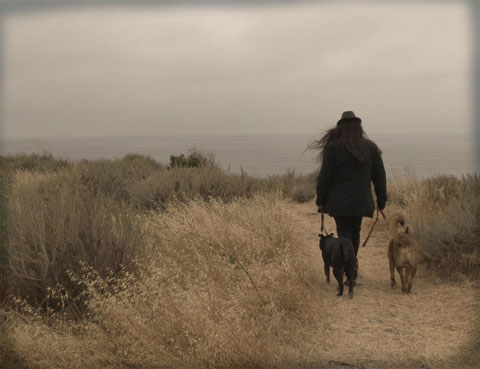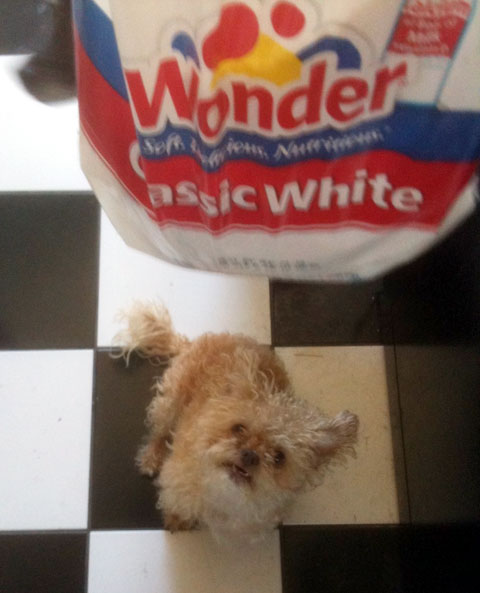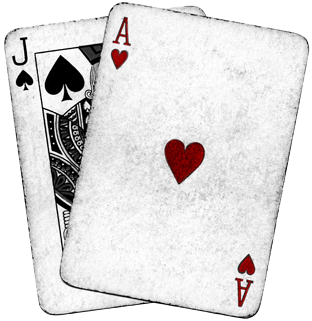 BREAKING: Caught in a layoff and now available for employment. Contact me here or hit @jaced on Twitter. Mahalo. =resume=
BREAKING: Caught in a layoff and now available for employment. Contact me here or hit @jaced on Twitter. Mahalo. =resume=
This is how I learned to count to ten. When I was about three, my mom would give me a plastic plate, break out all the Tupperware, and just sit there laughing as I imitated this guy for hours.
We had a step-down entry area at our front door, much like you see here. I’d start with one bowl on the plate, fall down, then get back up and try two bowls, fall down, then two bowls and cup, fall down…
(via Chris Owen)
The top of the bar has needed to be refinished ever since I nabbed it in 2008. Especially after a vase of flowers tipped over on it a few months ago while I wasn’t home to clean things up, giving a small puddle enough time to eat through the old finish. [click to continue…]

The result of one of the projects I worked on this weekend. I’ve had these two end tables for years, and the tops were thrashed. Almost threw ’em out, but M pointed out that they’d make a decent TV stand if refinished. I found a couple crusty half-full cans of red and yellow paint from 2008 out in the shed, and it it just made green sense to use ’em up. I then painted the edges of both tables flat black.
Painting the tables was the easy way out. I didn’t have the energy to sand/stain/varnish, as I’m channeling all that elbow grease into my bar top. Pics on that later this week.
The painting on the wall is from 2007.

ASIDE:  Do you know what this symbol means? One out of three drivers do not.
Do you know what this symbol means? One out of three drivers do not.
Dog lovers, check out this great story on NPR.
From walking the perimeter to rooting out bombs, military working dogs have a long rich history protecting American service members. Now, one man is dedicated to honoring these dogs of war.
Back in the late ’60s, Larry Chilcoat dropped out of college and listed in the Air Force as the war in Vietnam was escalating. He trained as a security officer and was assigned to Cameron Air Base. There he met Geisha, the military working dog he would be with for the next year.
“Geisha was just about as cool and smooth as you could imagine a dog,” Chilcoat remembers. “She was a German shepherd, about 75 pounds, and worked entirely on command.”
The two patrolled the base perimeter together, and Chilcoat says having Geisha by his side helped him get through the war.
“I didn’t have to do it alone. While I was out protecting, I was in fact being protected.”
Chilcoat and other vets have gotten approval from the Defense Department and Congress to build a memorial at the Army’s Fort Belvoir in Virginia and are now trying to raise the money to realize their dream. They have just a little more than $25,000 collected so far. Even though that’s just a fraction of the total cost of the project, Chilcoat remains optimistic. He and his fellow vets hope to have the monument complete by Memorial Day 2012.
Read and listen to the full story on NPR here.
RELATED: K-9 Command Cemetery Re-dedication (May 2009)
↑ Vive at Fort MacArthur, 2009.
Notice that the song is played in 4/4 time, but danced in 5/4 time!
Should be noted that this isn’t a true “5 over 4” polyrhythm, as the band and dancers are sharing a tempo (i.e. the quarter note is the same). They’re just phrasing things so that the band lands on the shared 1 every fifth bar of their 4/4, while the dancers land on the shared 1 every fourth bar of their 5/4.
A true 5 over 4 between band and dancers would have everybody landing on the shared 1 *every* bar. That means they’d be playing two different tempos (i.e. the quarter note would *not* be equal); four of the band’s quarter notes would equal five of the dancer’s quarter notes.
Reminds me of my Pre-Web MIDI Polyrhythms Project from 1993. To hear 5 over 4 realized, check this out.
For fun, watch Mike Portnoy demonstrate the same phrasing principles as the Astaire bit, but on plutonium.











